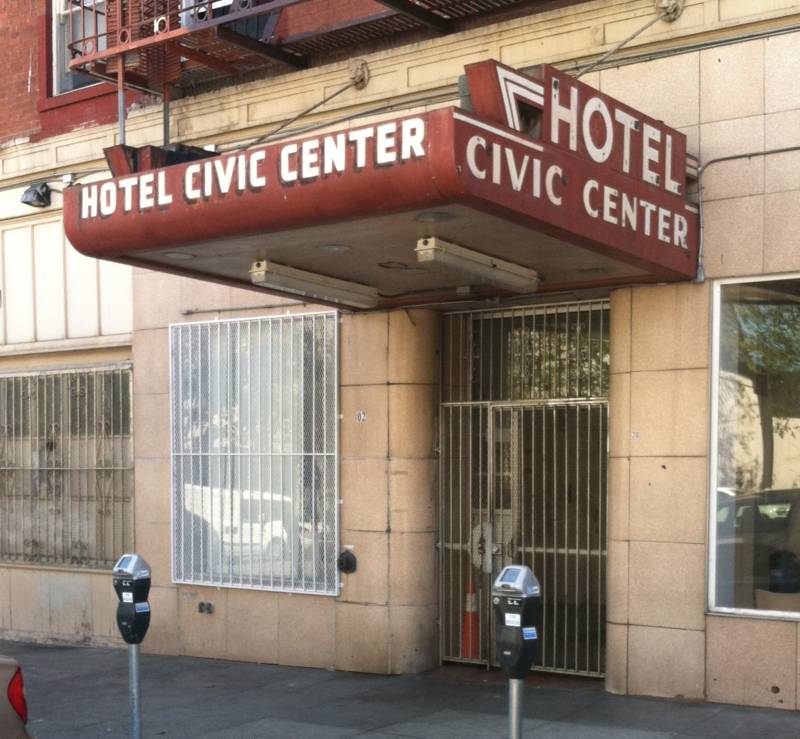San Francisco Mayor Ed Lee is on a campaign to show that the city’s latest tools to combat homeless — its Navigation Centers — are producing results.
Over the last month, Lee has popped up for photo ops at these new shelters and the supportive housing units that go along with them. Behind the scenes, the city's homeless czar, Sam Dodge, has been gathering data to build the case another way -- with numbers.
I met Dodge at the old Civic Center Hotel on 12th Street at Market. He showed me a small room he thinks will save many people's lives. It was nothing special -- just a well-used hotel room with a new coat of paint.
This hotel has been converted into the city’s second Navigation Center. The first is near the 16th Street BART Station in the Mission, and the city is currently planning a third.
At these new shelters the homeless can come for a few months to sign up for benefits and get on a path to housing. The city is buying up other old hotels to accommodate the homeless coming out of these shelters. “Absent this kind of intensive intervention,” Dodge says, “they are going to die on the street.”
The stakes are high for Dodge, who last October became the director of the city's Housing Opportunity, Partnerships and Engagement. The city is spending $241 million a year on homelessness, and Mayor Lee is counting on Dodge to make the Navigation Centers successful and to show voters the city can tackle an issue that has plagued it for decades. Everyone, Dodge says, is watching.
